A palm-sized laser from Stuttgart hits 80% efficiency, doubling current tech and redefining ultrafast optics.


Six of the most influential minds in artificial intelligence joined FT Live for an exclusive conversation on how their breakthroughs and the current state of AI are shaping our world.
On 6 November, Jensen Huang, Yoshua Bengio, Geoffrey Hinton, Fei-Fei Li, Yann LeCun, and Bill Dally spoke with the FT’s AI editor, Madhumita Murgia at the FT Future of AI Summit in London. Together, they reflected on decades of pioneering work — from neural networks to generative AI and discuss the ethical, social, and economic implications of the technology they helped to create.
All six, along with Professor John Hopfield, are recipients of the 2025 Queen Elizabeth Prize for Engineering for their foundational contributions to machine learning and AI.
👉 For more exclusive interviews and agenda-setting conversations with global AI leaders, visit our website: https://ai.live.ft.com/
#ArtificialIntelligence #JensenHuang #GeoffreyHinton #AI #MachineLearning #FTLive #FutureofAI
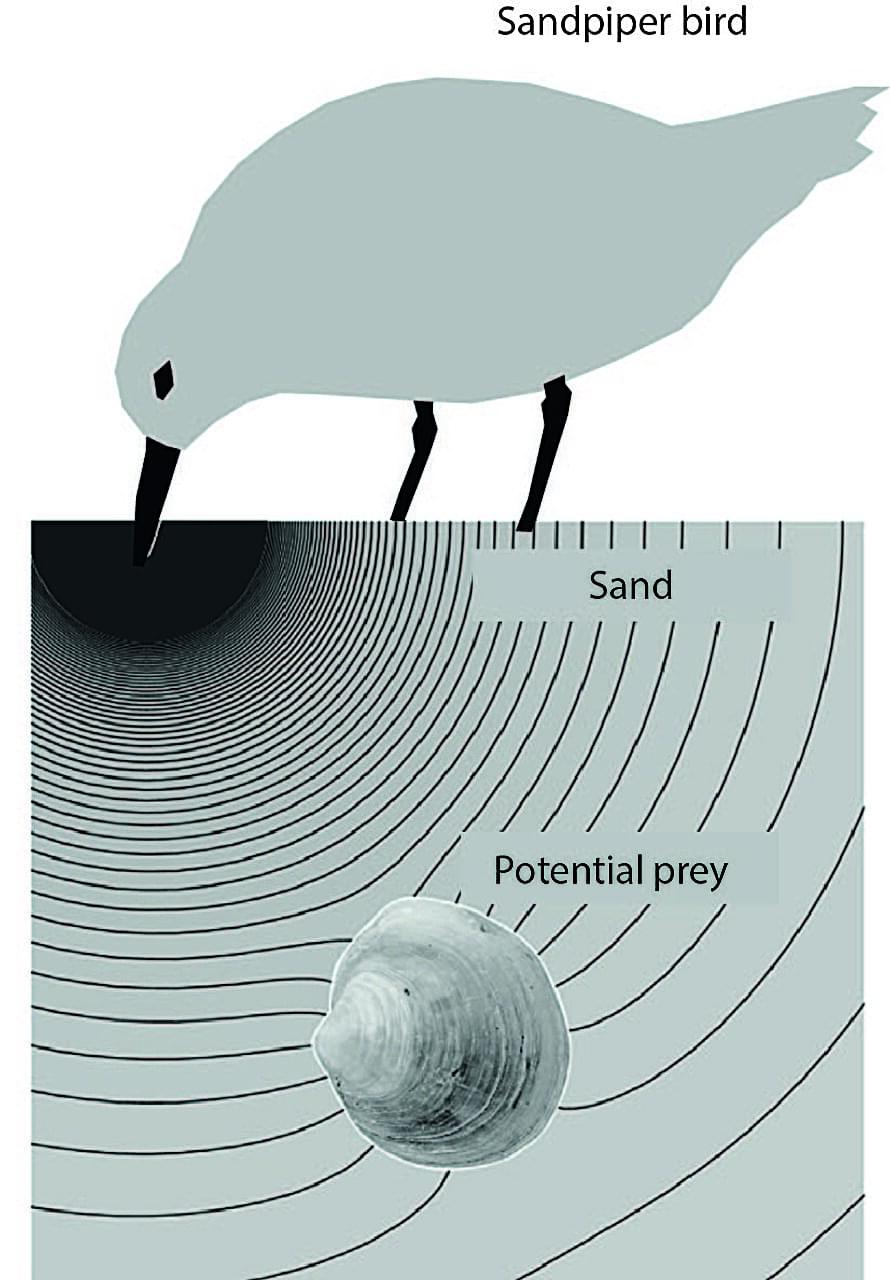
A study by researchers at Queen Mary University of London and University College London has found that humans have a form of remote touch, or the ability to sense objects without direct contact, a sense that some animals have.
Human touch is typically understood as a proximal sense, limited to what we physically touch. However, recent findings in animal sensory systems have challenged this view. Certain shorebirds, such as sandpipers and plovers, use a form of “remote touch” to detect prey hidden beneath the sand. Remote touch allows the detection of objects buried under granular materials through subtle mechanical cues transmitted through the medium, when a moving pressure is applied nearby.
The study in IEEE International Conference on Development and Learning (ICDL) investigated whether humans share a similar capability. Participants moved their fingers gently through sand to locate a hidden cube before physically touching it. Remarkably, the results revealed a comparable ability to that seen in shorebirds, despite humans lacking the specialized beak structures that enable this sense in birds.
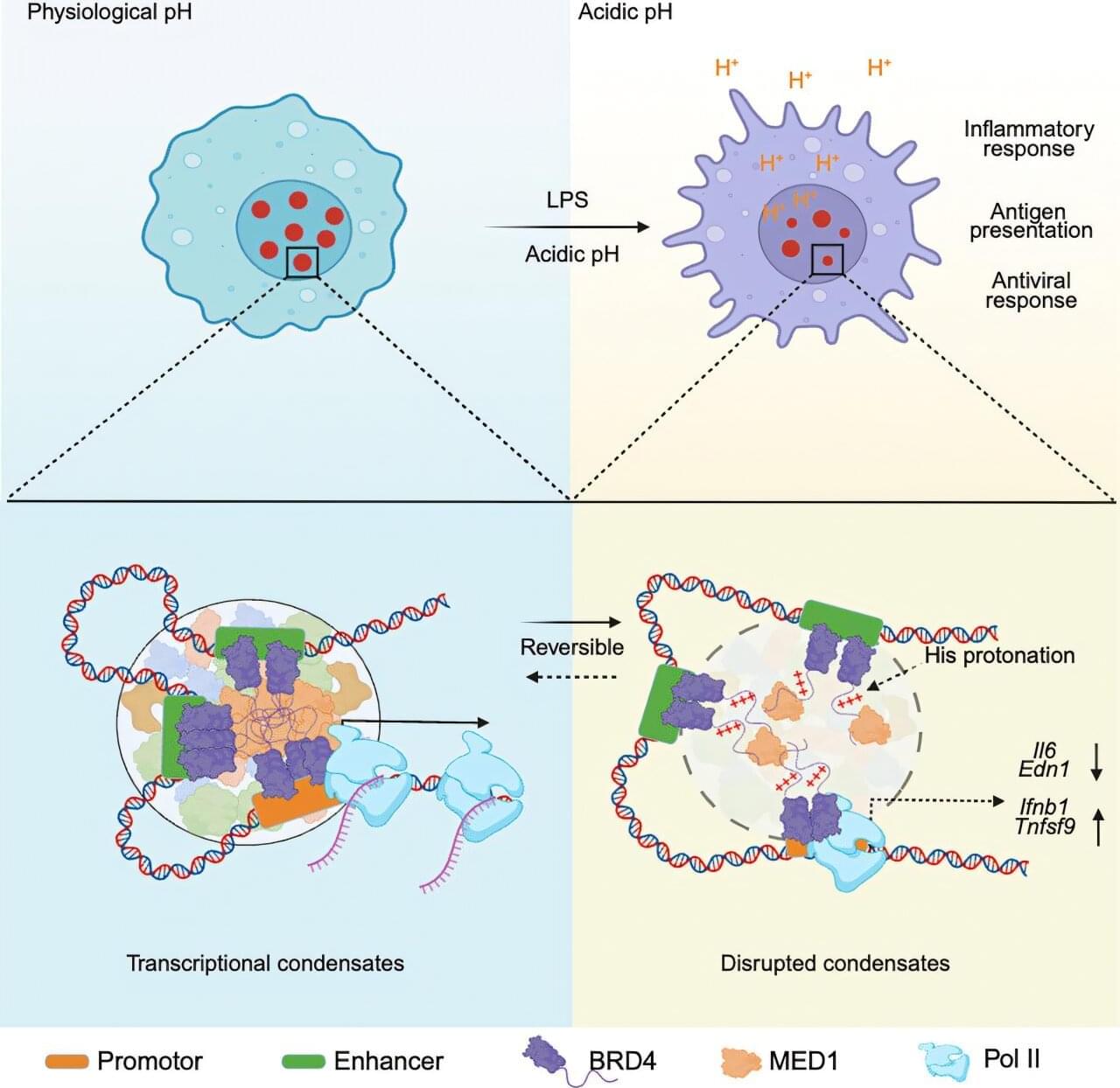
It started with wine. Or more precisely, a conversation about it. “My colleagues and I were talking about how some people think drinking wine may be anti-inflammatory,” recalls Xu Zhou, Ph.D., from the Division of Gastroenterology, Hepatology, and Nutrition at Boston Children’s Hospital. “There’s no scientific ground for that, but we know wine is acidic.”
Around the same time, Zhou and his team were exploring a broader blind spot in immunology: the role of the tissue microenvironment (such as pH, oxygen, and salt concentration) in shaping immune function. While most research had focused on cellular messengers like cytokines, Zhou was curious about how the physical and chemical makeup of tissues might influence immune cells, especially in disease.
Inspired by their wine conversation and intrigued by these overlooked components, Zhou’s team launched a study to investigate how acidity affects immune cells. Their findings, published in Cell, show that a drop in pH can suppress immune responses by disrupting a protein called BRD4—an important regulator of gene activity in immune cells. That small chemical shift could have big implications for treating inflammation-related diseases.
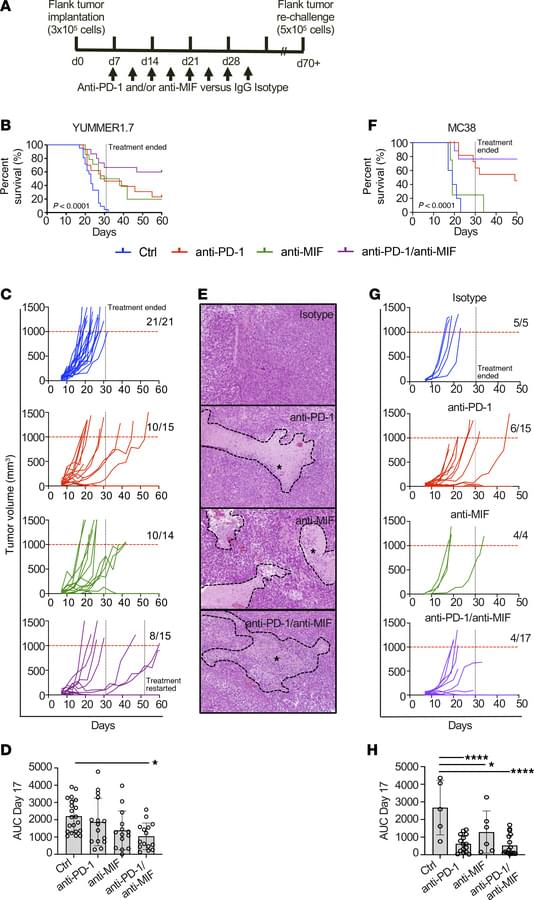
Here, Richard Bucala & team show combined anti-MIF and anti–PD-1 reduces tumor growth and improves survival in melanoma and colorectal cancer mouse models:
The figure shows tumor regions of necrosis, immune infiltration, and reduced tumor volume in mice treated with MIF and PD-1.
1Yale Cancer Center, Department of Internal Medicine, and.
2Section of Rheumatology, Allergy & Immunology, Department of Internal Medicine, Yale School of Medicine, New Haven, Connecticut, USA.
3Department of Medicine, Trinity College Dublin, Dublin, Ireland.
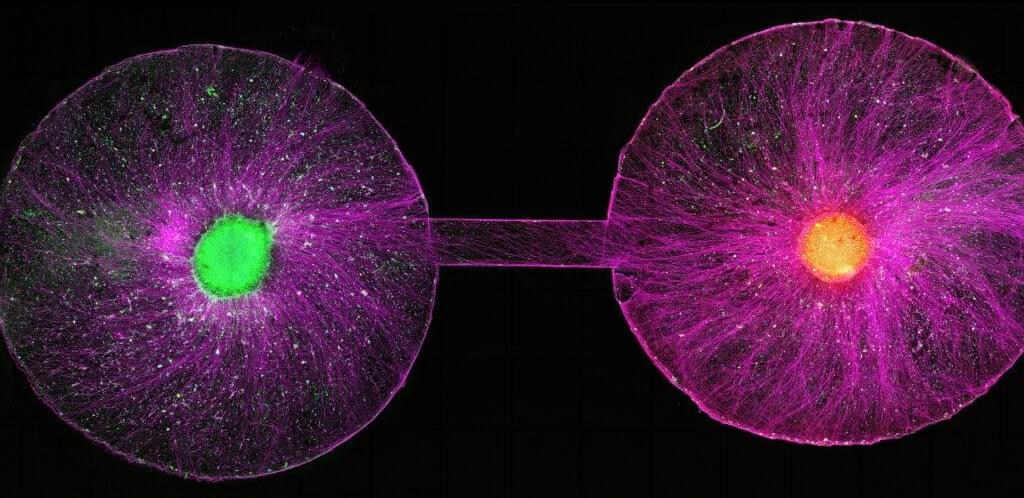
In an effort to address these ethical grey areas, 17 leading scientists and bioethicists from five countries are urging the establishment of an international oversight body to monitor advances in the rapidly expanding field of human neural organoids and to provide ethical and policy guidance as the science continues to evolve. The call to action, published Thursday in Science, comes as U.S. government agencies are making new investments in organoid science aimed at accelerating drug discovery and reducing reliance on animal models of disease.
In September, the National Institutes of Health announced $87 million in initial contracts to establish a new center dedicated to standardizing organoid research. The move followed an earlier pledge by both the NIH and the Food and Drug Administration to reduce, and possibly replace, testing on mice, primates, and other animals with other methods — including organoids and organ-on-a-chip technologies — for developing certain medicines.
Government promotion of human stem cell models more broadly will only increase the recruitment of new researchers into the field of neural organoids, which has seen an explosion from a few dozen labs a decade ago to hundreds around the world now, said Sergiu Pasca, a pioneering neuroscientist and stem cell biologist at Stanford University who co-authored the Science commentary.


Few moments are more heartbreaking for families of Alzheimer’s disease patients than when a loved one no longer recognizes them. New research from the University of Virginia School of Medicine published in Alzheimer’s & Dementia may reveal why that happens and offer hope for prevention.
UVA’s Harald Sontheimer, graduate student Lata Chaunsali and their colleagues found that when protective structures around brain cells break down, people may lose the ability to recognize loved ones. In lab studies, keeping these structures intact helped mice remember one another.
“Finding a structural change that explains a specific memory loss in Alzheimer’s is very exciting,” said Sontheimer, chair of UVA’s Department of Neuroscience and member of the UVA Brain Institute. “It is a completely new target, and we already have suitable drug candidates in hand.”
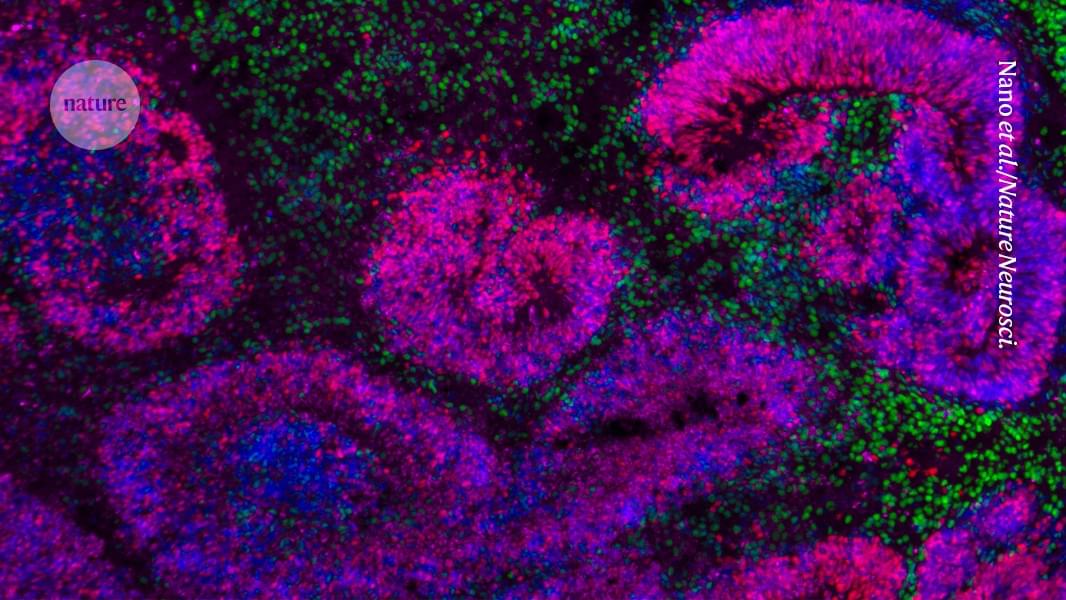
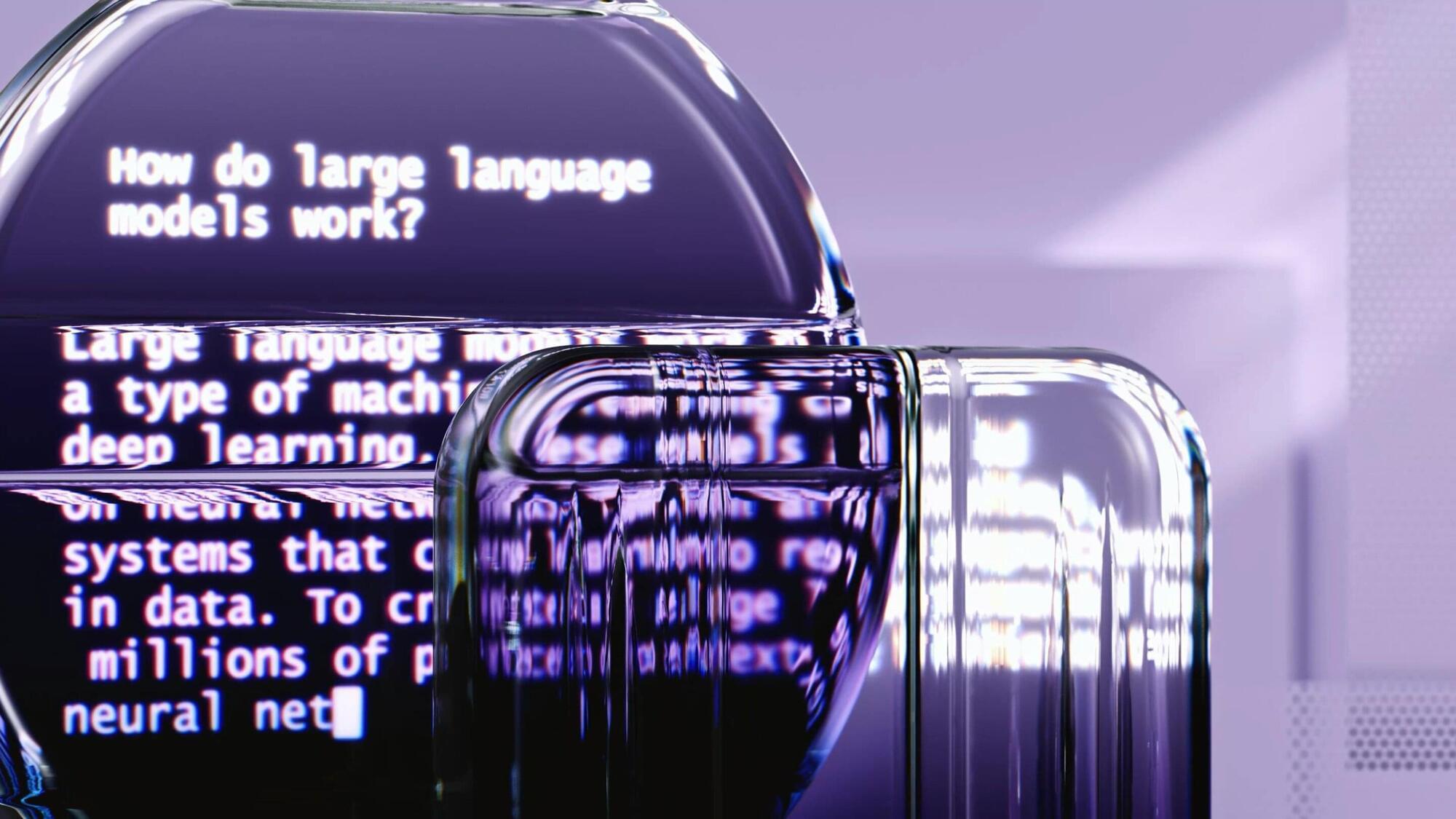
Seoul National University College of Engineering announced that a research team led by Professor Hyun Oh Song from the Department of Computer Science and Engineering has developed a new AI technology called KVzip that intelligently compresses the conversation memory of large language model (LLM)-based chatbots used in long-context tasks such as extended dialog and document summarization. The study is published on the arXiv preprint server.
The term conversation memory refers to the temporary storage of sentences, questions, and responses that a chatbot maintains during interaction, which it uses to generate contextually coherent replies. Using KVzip, a chatbot can compress this memory by eliminating redundant or unnecessary information that is not essential for reconstructing context. The technique allows the chatbot to retain accuracy while reducing memory size and speeding up response generation—a major step forward in efficient, scalable AI dialog systems.
Modern LLM chatbots perform tasks such as dialog, coding, and question answering using enormous contexts that can span hundreds or even thousands of pages. As conversations grow longer, however, the accumulated conversation memory increases computational cost and slows down response time.